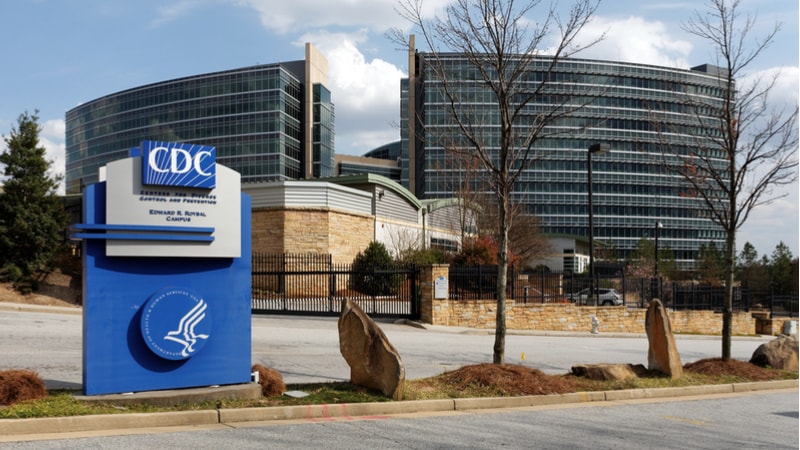
As the government and Congress continue to grapple with the dizzying onslaught of advancements in artificial intelligence (AI) and the management of its risks, the Centers for Disease Control and Prevention (CDC) has headed full force into in the AI realm – aiming to leverage the emerging technology to drive its mission forward.
According to the agency’s data lead, the CDC has proposed a new AI roadmap that helps the agency focus its AI innovation in areas that will improve public health, including drafting generative AI guidance and launching an AI/ML Consultation (AMC) Group.
“I was very adamant that we had to get something out,” CDC’s first-ever Chief Data Officer (CDC) Alan Sim said on the importance of AI guidance. “If we waited, according to government time, by the time we publish something, or put something in place, it would already be outdated. So, this is a proposed AI roadmap and we focused on different areas.”
During his keynote speech at today’s GovAI Summit in Arlington, Va., Sim showcased the six workstreams of the CDC’s proposed AI roadmap: strategy; steering committee; guidance; communication; AMC group; and investments and infrastructure.
Sim said of the investments and infrastructure category, “We focused on our cloud infrastructure. I really challenged our IT team to come up with a way in a dev environment in which we can perform a generative AI chatbot … within our boundaries. And so, this encourages the use and the innovative use of generative AI but safely.”
However, Sim, who claimed he has taken the lead on the CDC’s AI work as the CDO, said that it’s important to first develop and deploy an agency-wide AI strategy. “What we recognized is that we needed to have a strategy, which we’re planning a draft strategy that we hope to share with the public next year,” the CDO said.
He also said it’s critical for the CDC to have an AI community of practice where data scientists and experts from the agency’s various institutes and offices can come together at one table and share use cases, approaches, and most importantly, failures of the emerging technology.
Sim also detailed that the CDC will be releasing generative AI guidance for its workforce.
“We are in the process of publishing a pre-decisional document on generative AI guidance – about 15 pages of guidance. The do’s and don’ts based on the information that we have today,” Sim said in describing the policy’s contents. “This is absolutely critical – for especially those individuals that want to utilize generative AI.”
“And part of that is the communication workstream, which is not only publishing it for data scientists to understand, but a big piece of this is how do we get the non-technical people to understand a lot of the technical verbiage that’s brought forth in that guidance,” the CDO added.
Finally, Sim highlighted the AMC group that he created as a means for the CDC’s data science subject matter experts to serve as a “sounding board for groups like our cybersecurity office, for our IT data governance, where a proposal is being submitted for something ML/AI related.”
“Part of the challenge with our current governance and cyber processes is that when it starts shifting to a topic that’s on large language models and whether you can use it in third party software that we host, it’s difficult to make a decision or have ideas about what your options are,” Sim explained. “And so, part of the goal of the AMC group is on an as-needed basis to provide feedback.”
The CDO clarified that these are not necessarily the six workstreams that all agencies should focus on, but “what I’m saying is that after understanding our organization and where we are, these are the areas that we are investing at this point in time.”
Specifically, on the generative AI front, Sim highlighted that the agency currently has about 15 pilots leveraging the CDC chatbot in an attempt to “tackle different public health situations.”
“Depending on what the results are from those 15 pilots, perhaps we want to invest or focus as an incubator on a handful of these,” he said. “We’re not sure yet, but this is something tangible that we’re trying to share with our data science community.”
But what really matters, the CDO said, is that the CDC is operationalizing the principles of responsible AI on a day-to-day basis – including accountability, responsibility, fairness, and equity.
“What we have done at the CDC is try to be responsive as best as we can in the Federal sector, with both an AI strategy and AI roadmap; 15 GenAI pilots that we’re using in our dev environment with associated draft generative AI guidance; we’ve established a community of practice to share use cases and applications of AI/ML; and then we’ve created this AI/ML consultation team to assist our programs as they learn and grow together,” Sim said. “So, it’s a journey. Again, we haven’t figured it out.”
